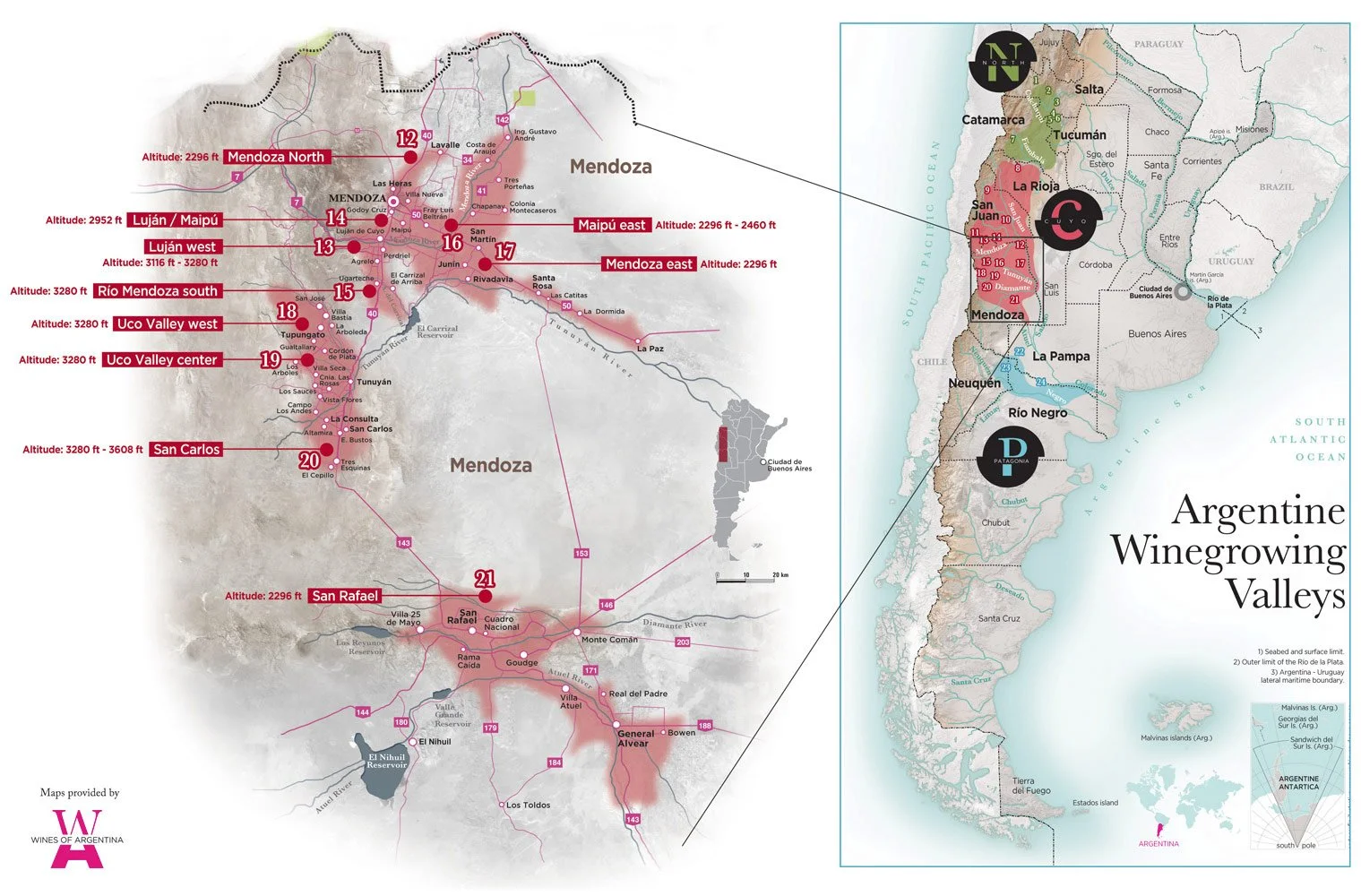
Our Story
A dream was born to make unforgettable wines in the heart of Argentina’s wine country
While our first vintage was in 2014, our story begins long before that. The Klassen family traces its roots through Latin America and Europe. Three generations ago, our family’s ancestors fled Europe in conscientious objection to war and revolution, landing on South American soil as refugees. They made a hardscrabble life in the countries of Bolivia, Paraguay, and Uruguay. Some would eventually make their way to Canada, seeking a better life.
The Opportunity
Our family now calls Canada home, but we cannot forget our history. In 2013, there came an opportunity to join a group of other vineyard owners and winemakers in a project called The Vines of Mendoza. We took ownership of a small exclusive vineyard site in the Uco Valley south of Mendoza and in 2014 launched our first vintage.
We planted Malbec, Cabernet Franc, and Petit Verdot. Each grape variety has its own unique character and significance.
-

Malbec
Malbec is flagship grape of Argentina, and while often enjoyed as an affordable, juicy accompaniment to steak, we believe it’s capable of elegance, nuance, and sophistication. We use Malbec in most of our blends, but will also release a single-varietal bottling in most years.
-

Cabernet Franc
Cabernet Franc is a grape associated with the Loire Valley of Northern France, where it’s made into bright, and sometimes sharp, even aggressive reds. In the Uco Valley of Argentina it is slowly becoming a sleeper success. The warmer climate brings out a whole new character, with rich fruit aromas, while retaining a brightness resulting from the high diurnal temperature variations.
-

Petit Verdot
Petit Verdot is less well known because it is typically only blended in small amounts to Bordeaux wines. It is used in blends because it brings a lot of tannin, dark fruit, and black pepper notes, adding structure to wines. We love Petit Verdot for this quality, but also believe that it can stand on its own. In 2017, we ran a limited release of single-varietal Petit Verdot in magnum bottles that were a huge success.
The Uco Valley
Winemaking regions of Argentina, showing the location of the Uco Valley within the Mendoza region. Map provided by Wines of Argentina.
The Uco Valley has been compared to California’s Napa Valley. Since the early 2000s, recognizing its potential, winemakers have been making unprecedented investments in the region.
Several factors make the Uco Valley special. Its average elevation is 1100 meters above sea level (3600 ft). At this elevation, it receives intense solar radiation. Grapes respond to this by thickening their skins, resulting in high concentrations of polyphenols, tannins, and other important components for wine.
The region is also arid, receiving relatively rainfall throughout the year. Most of the water used in the Uco Valley comes from the Andes Mountains and is exceptionally pure. Winemakers would historically uses gated channels of water to direct water into individual plots of vineyard. Today, most winemakers use drip irrigation, which is much less wasteful and allows for more control. Too much water is just as bad as too little.
Finally, the soil of the Uco Valley sits on top of ancient riverbeds. Pebbles and sand provide for excellent drainage.

